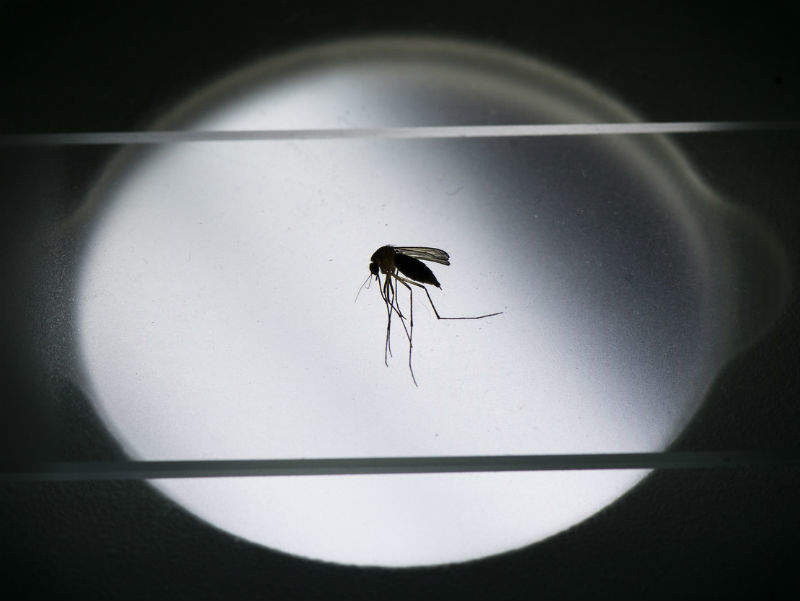
Investigators from Brigham and Women’s Hospital (BWH) in the US are developing a new way to rapidly and accurately diagnose Zika virus using mobile health technologies that could potentially be used in resource-limited settings.
The researchers believe the tool could also provide home testing for couples who are trying to conceive, particularly in locations that have a high risk of infection. They have described the new technology in the journal ACS Nano.
BWH principal investigator and corresponding author Dr Hadi Shafiee said: “Zika diagnostics represent an urgent need in many parts of the world. Our goal is to address this unmet clinical need using cell phone-based technology.
“Cell phones have the power to perform complicated analyses, handle image processing, take high-quality images, and are ubiquitous in Zika-afflicted countries. We can leverage this to address outbreaks of infectious disease.”
Shafiee and colleagues have taken an entirely new approach to traditional virus diagnostic methods which rely on the detection of antibodies in a patient’s bloodstream. Instead, they are using nanotechnology to develop a method to detect intact copies of the Zika virus.
The researchers developed tiny platinum nanomotors that target Zika as well as microbeads that can bind the virus. When both components are added to a sample containing Zika, they form a 3D complex that moves in the presence of hydrogen peroxide. This movement can be detected using a smartphone when attached to an inexpensive optical device.
How well do you really know your competitors?
Access the most comprehensive Company Profiles on the market, powered by GlobalData. Save hours of research. Gain competitive edge.

Thank you!
Your download email will arrive shortly
Not ready to buy yet? Download a free sample
We are confident about the unique quality of our Company Profiles. However, we want you to make the most beneficial decision for your business, so we offer a free sample that you can download by submitting the below form
By GlobalDataThe technology can differentiate between the Zika virus and other closely related viruses through the uniqueness of motion signal. The 3D Zika complex moves rapidly while other non-target viruses cause slower motion which can be easily excluded by the smartphone system.
This approach, known as the nanomotor-based bead-motion cellphone (NBC) system, detected Zika in samples with viral concentrations as low as one particle per microlitre. The team also reports that the NBC system was highly specific and could detect Zika in the presence of other viruses.
Lead author Dr Mohamed Shehata Draz said: “The NBC system has the potential to be used at the point of care for disease detection in both developed and developing countries.
“This is an important way to eliminate the social stress related to Zika virus infection and health problems specifically related to newborns.”



